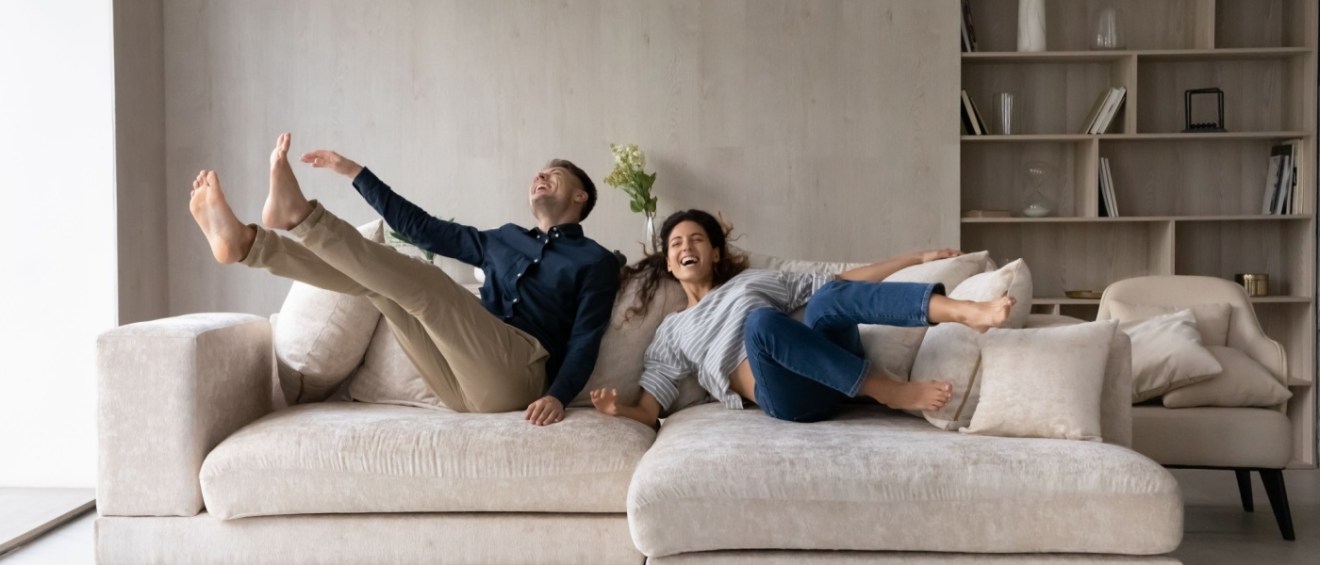Share this article:
Most of us think of emergencies as something that happens to someone else — never to us or our families. But, the saying “better safe than sorry” goes a long way. And, because certain situations might require taking matters into your own hands before medical professionals come to your aid, a first-aid kit is a must in every household.
So, if the only thing missing from your apartment is a trusty first-aid kit, read on to find out how to create one.
Essentials
The essentials of a first-aid kit are those that can help in a variety of cases — from a mild cold to a broken pinky to a nasty fall. For instance, the items that immediately come to mind when you think of first-aid kit basics are pretty much the same for everyone:
- alcohol and sanitizer
- antibiotic ointment
- pain relievers (plus separate pain reliever for children)
- allergy medication, if necessary

Of course, no well-stocked first aid kit lacks the items necessary for dressing a wound, including:
- bandages
- gauze
- medical tape
Then, to complete the package, add some:
- cough medicine
- adhesive bandages
- antacids
- intense chest rub
Finally, select a practical container. You can buy a ready-made first-aid case or make your own — as long as it closes completely and can be easily transported.
Specifics
Everybody is different, and each family has its own unique health situations. As such, your medical history is crucial in putting together a helpful and relevant first-aid kit that could potentially save someone’s life. For example, if someone in the household has allergies, make sure there’s medicine for them in the kit, such as an easily accessible EpiPen® for severe reactions. Or, if diabetes is part of your everyday life, insulin should definitely be in your apartment’s first-aid kit.
Because a good first-aid kit should cater to your specific needs, run hypothetical scenarios with your family to understand what could occur in your home and prepare accordingly.

Tools
A good first-aid kit not only has medicine but also includes some basic medical tools, as well. Start with:
- a thermometer to check temperatures
- scissors to cut the gauze
- a pair of tweezers for splinters
Disposable, sterile gloves are also an absolute must to help prevent the spread of disease and protect you when you’re dressing wounds. Additionally, include a short first-aid manual that you and your family can study ahead of time in the event of a medical incident.
Extras
Think of the first-aid kit as a go-to in case of an emergency — not just for you, but for every member of the family. This means you need to go beyond just medicine and:
- list emergency contact numbers — not only for close friends and family members, but also for emergency services and care providers in your city. So whether you rent in Los Angeles, Chicago, or just live with allergies in Tampa, make sure you have the correct numbers.
- leave a short, written medical history of every family member.
- label everything — everyone coming into contact with the kit needs to know where everything is as soon as they open it.
- add some sticky notes and a pen, just in case. Attention to detail is crucial in certain situations — you never know when you might need to write down vital signs or take instructions from medical staff over the phone.
- include a small bottle of water for when you need to swallow a tablet as soon as possible or just cool down.
If there’s one thing that every household needs, it’s a first-aid kit, and the sooner you start putting it together, the better. The good part is that, if everything goes well, you’ll never have to use it. And, if not, you’ll be thankful you have it in a moment of crisis.
Share this article:
Alexandra is a creative writer and researcher for RentCafe. With a background in e-learning content writing and a passion for knowledge-sharing platforms, she's covered topics from prop-tech to renters insurance to interior design tips. Very familiar with the renter lifestyle herself, Alexandra enjoys researching and writing about renter demographic shifts and residential real estate market trends as much as she loves writing about how to get along with roommates. You can connect with Alexandra via email.
Alexandra’s work includes collaborations with financial and business publications. Her articles have been featured in several national and international online publications, including the New York Times, Barrons, Inman, Forbes, Architectural Digest, Marketwatch, Bisnow, and Curbed. Her educational background includes a B.A. in Japanese and English and an M.A. in Journalism and Cultural Studies.
The Ready Renter has your back
Tips, news, and research curated for renters, straight to your inbox.




Related posts
Subscribe to
The Ready Renter newsletter







